Sub-Saharan Africa

Ethiopia
royal flag 11 Often (but not always) flown by the royal house and the government.

Ethiopia
national flag 22 Flown by anyone.

African National Congress
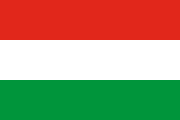
Gold Coast
CPP flag 33 Flag of the Convention People's Party, which sought independence from Great Britain. Direct predecessor of the flag of Ghana. The colony also had a rarely-used British ensign with an elephant badge.
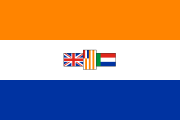
South Africa
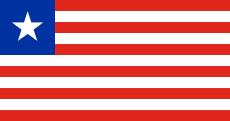
Liberia
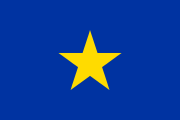
Congo
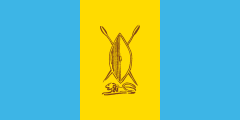
Buganda

Zanzibar
Middle East and North Africa
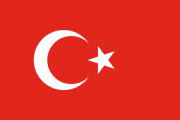
Turkey
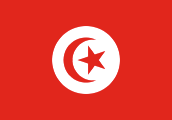
Tunisia
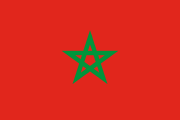
Morocco 44 Moroccan merchant ships in the French zone flew what was called the "Arab ensign", the national flag with a French tricolour added to the top-left corner.
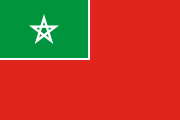
Morocco
Spanish merchant flag 55 Flown by merchant ships operating out of the Spanish zone in northern Morocco. The Moroccan national flag was flown on land.
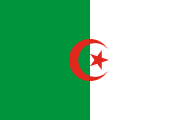
Algeria 66 Flown by nationalists and indepenence activists. The French colony in Algeria did not have an official flag.
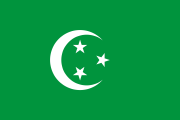
Egypt
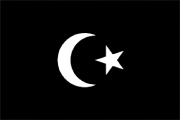
Cyrenaica
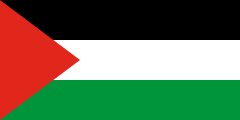
Palestine
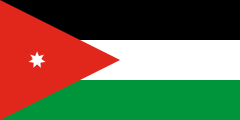
Jordan
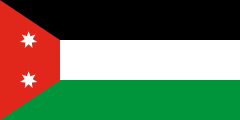
Iraq

Syria
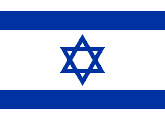
Israel
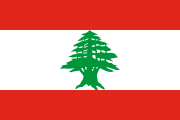
Lebanon
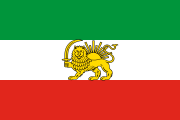
Iran
state flag 77 Flown by the government, and often by private citizens. At sea, and in certain ceremonial settings on land, the ratio was 1:3.
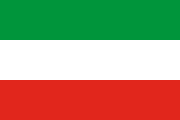
Iran
national flag 88 Allowed to be flown by anyone. At sea, the ratio was 1:3.
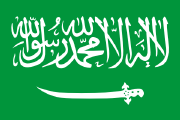
Saudi Arabia
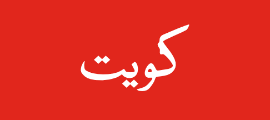
Kuwait 99 There were many variations of this flag, depending on who was flying it and when. Some versions would have added inscriptions, decorations or royal symbols. The flag could also be triangular.
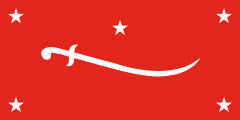
Yemen

Muscat and Oman
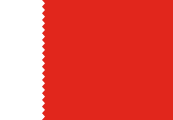
Bahrain 1010 The number of points could vary.
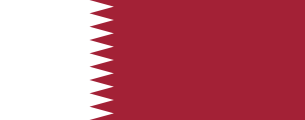
Qatar
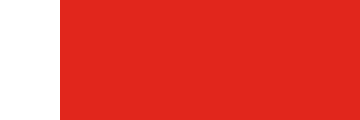
Abu Dhabi · Dubai · Ajman · Umm al-Quwain
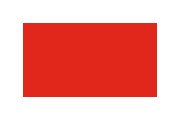
Ras al-Khaimah · Sharjah · Kalba
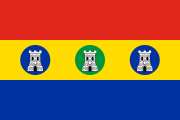
Qu'aiti State
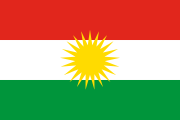
Kurdistan
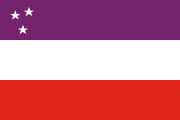
Assyrians
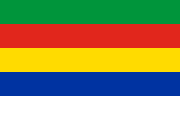
Druze
Western Europe
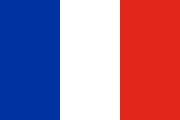
France
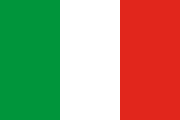
Italy
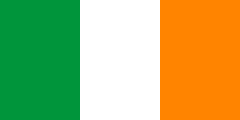
Ireland

Andorra
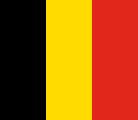
Belgium
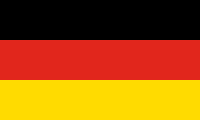
East Germany · West Germany
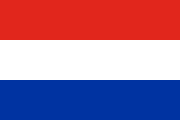
Netherlands
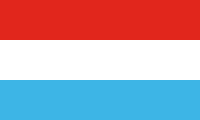
Luxembourg
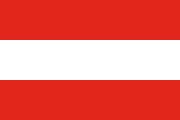
Austria
national flag 1111 Flown by private citizens and municipalities.
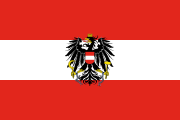
Austria
federal service flag 1212 Flown by the federal government and the armed forces.
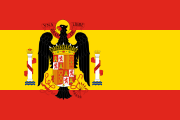
Spain
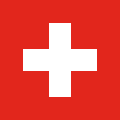
Switzerland
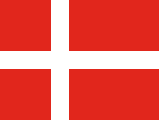
Denmark
national flag 1313 Allowed to be flown by anyone.
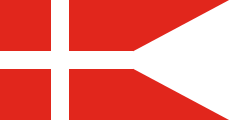
Denmark
sovereign flag 1414 Flown by the royal house, the government, and the armed forces. Also granted to a select list of private institutions and companies.
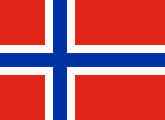
Norway
merchant flag 1515 Allowed to be flown by anyone.
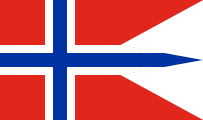
Norway
state flag 1616 Flown only on state-owned buildings and naval ships.
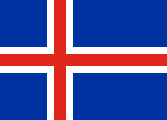
Iceland
national flag 1717 Allowed to be flown by anyone.
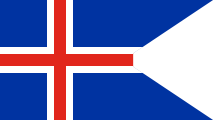
Iceland
state flag 1818 Flown on government buildings and coast guard ships.
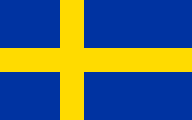
Sweden 1919 Flown for all purposes. A three-tailed version of the national flag is flown by the military.
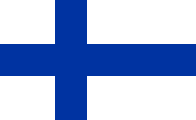
Finland
national flag 2020 Allowed to be flown by anyone.

Finland
state flag 2121 Flown by the government, border guard, and public universities. The armed forces fly a version with a swallowtail cut.
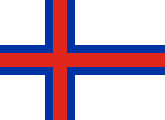
Faroe Islands
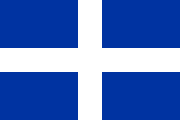
Greece
land flag 2222 Flown on land within Greece. The military flag had a crown in the centre of the cross.

Greece
sea flag 2323 Flown at sea and abroad. The naval ensign had a crown in the centre of the cross.
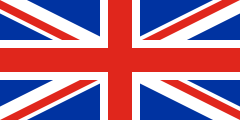
United Kingdom
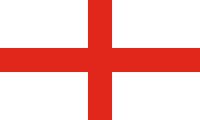
England · Guernsey
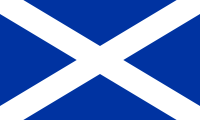
Scotland
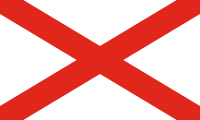
Jersey
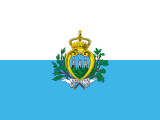
San Marino

Liechtenstein
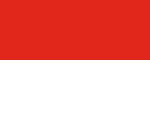
Monaco
national flag 2424 Allowed to be flown by anyone.
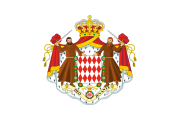
Monaco
princely flag 2525 Flown over the Prince's Palace and government buildings.

Vatican City

Malta
traditional flag 2626 Flown unofficially, mostly by civilian ships. Plain flags without the George Cross were also common. The colonial government had a blue ensign with the Maltese coat of arms on it.
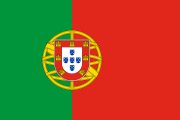
Portugal
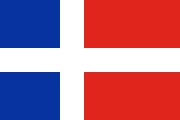
Saarland
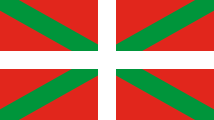
Basque Country
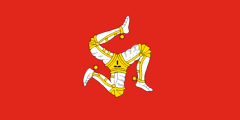
Isle of Man
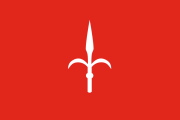
Trieste
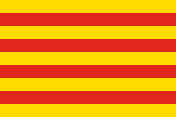
Catalonia
senyera 2727 The traditional Catalan flag.
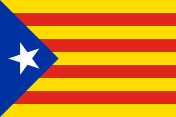
Catalonia
estelada 2828 The flag preferred by supporters of Catalan independence.

Brittany
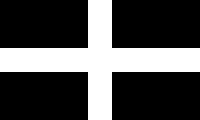
Cornwall
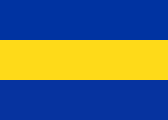
Åland

Galicia
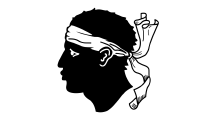
Corsica
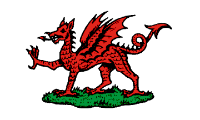
Wales
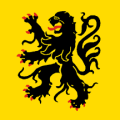
Flanders
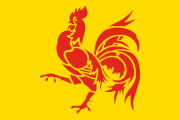
Wallonia
Eastern Europe
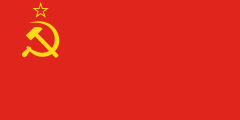
Soviet Union
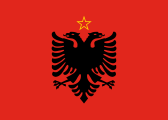
Albania
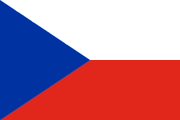
Czechoslovakia
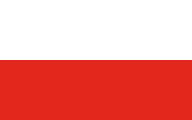
Poland
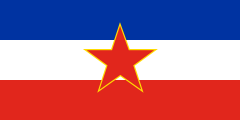
Yugoslavia
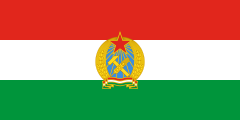
Hungary
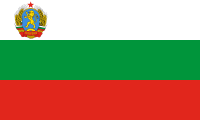
Bulgaria

Estonia 2929 Flown by the diplomatic service in exile and the Estonian disaspora. Flying the national flag was banned under the Soviet occupation.
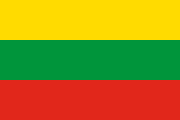
Lithuania 3030 Flown by the diplomatic service in exile and the Lithuanian disaspora. Flying the national flag was banned under the Soviet occupation.
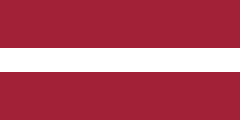
Latvia 3131 Flown by the diplomatic service in exile and the Latvian disaspora. Flying the national flag was banned under the Soviet occupation.
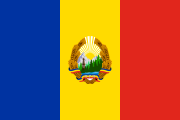
Romania
South Asia and the Indian Ocean
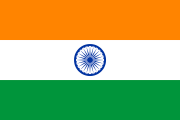
India
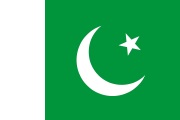
Pakistan
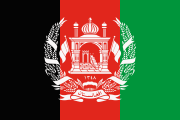
Afghanistan

Nepal
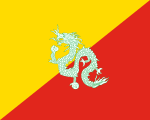
Bhutan 3232 There was apparently only a single physical version of this flag ever made.

Sikkim
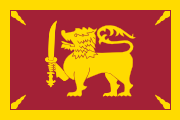
Ceylon
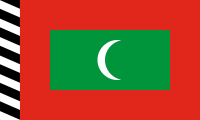
Maldive Islands
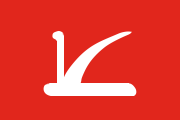
Jammu and Kashmir 3333 Flown in the Indian-controlled parts of the disputed region of Kashmir.
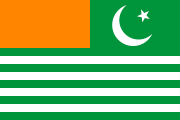
Azad Kashmir 3434 Flown in the Pakistan-controlled parts of the disputed region of Kashmir.
East, Central and Southeast Asia

Japan
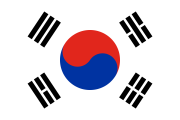
South Korea

North Korea

China
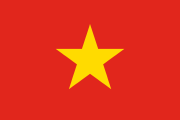
Democratic Republic of Vietnam
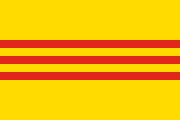
State of Vietnam
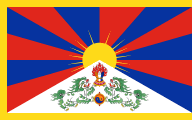
Tibet

Mongolia
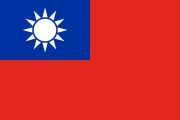
Taiwan 3535 The flag of the Republic of China, the government of Taiwan. Banned on the mainland, as the People's Republic of China claimed sovereignty over the island. Regarded as the flag of China at the United Nations.

Burma
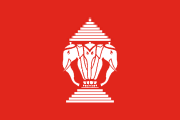
Laos
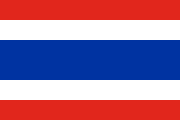
Thailand
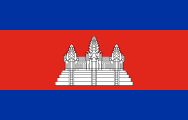
Cambodia

Philippines
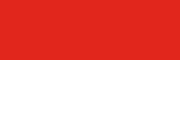
Indonesia
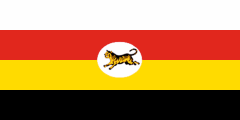
Malaya
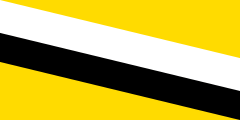
Brunei
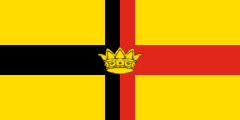
Sarawak 3636 Sarawak also had a blue colonial ensign.
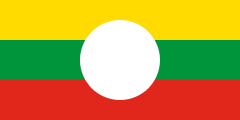
Shan
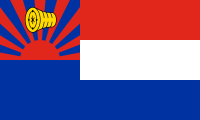
Karen 3737 Flown by Karen nationalists seeking independence and separation from Burma.

East Turkestan 3838 The national flag of the Uyghur people, banned within the People's Republic of China. Xinjiang Province did not have an official flag.
Oceania

Australia
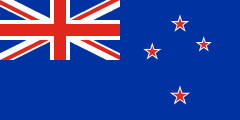
New Zealand
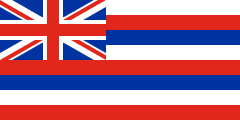
Hawaiʻi

Western Samoa

Tonga
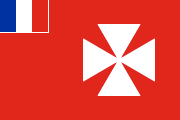
Wallis and Futuna
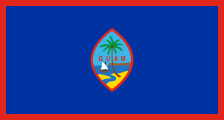
Guam
North America and the Caribbean
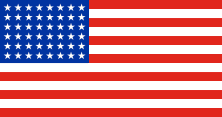
United States

Canada 3939 Not legally the national flag, but allowed to be flown wherever a "distinctive Canadian flag" was needed.
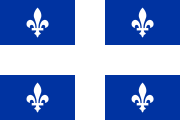
Québec
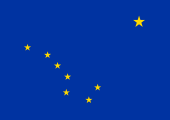
Alaska
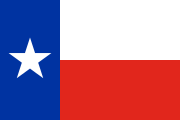
Texas
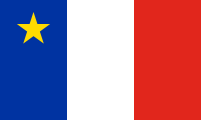
Acadia
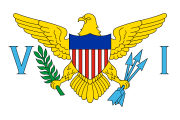
Virgin Islands (U.S.)
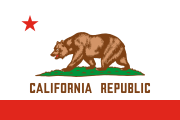
California
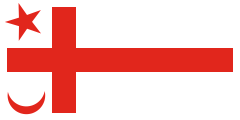
Mi’kmaq
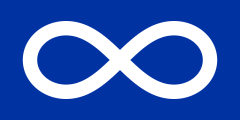
Métis
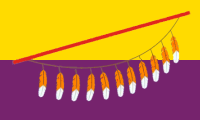
Papago
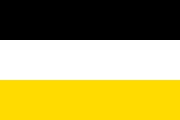
Garifuna
Latin America
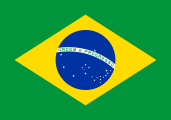
Brazil
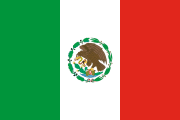
Mexico
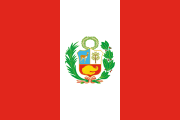
Peru
national ensign 4040 Flown by the government, the navy, the national police, and national sports teams. Raised at major ceremonies. The army uses a similar flag with a different coat of arms.
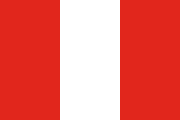
Peru
national flag 4141 Allowed to be flown by anyone.
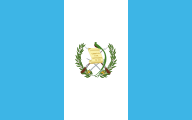
Guatemala
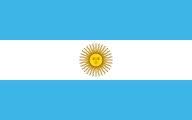
Argentina
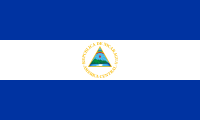
Nicaragua

El Salvador
national flag 4242 The most common flag, flown over most government buildings, at ceremonies, by diplomatic missions and often by public citizens.
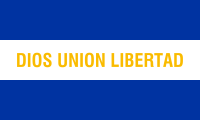
El Salvador
inscribed flag 4343 An alternative government flag, most commonly flown by the armed forces but also on some public buildings and offices.
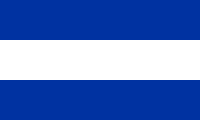
El Salvador
plain flag 4444 The simplest version of the national flag, flown by some private citizens.
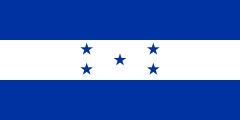
Honduras

Paraguay
front side
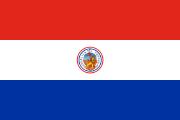
Paraguay
back side
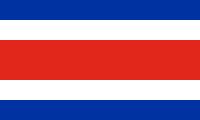
Costa Rica
national flag 4545 The most common Costa Rican flag. Officially designated for private citizens, but in practice often used on government buildings and schools too.
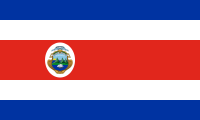
Costa Rica
national ensign 4646 Flown by the government and by diplomatic missions, although also used sometimes by private citizens.
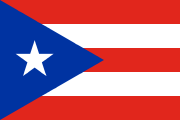
Puerto Rico 4747 Flown by Puerto Rican nationalists. Display of the flag was initially banned under American rule.

Cuba
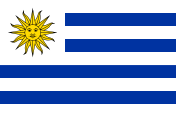
Uruguay
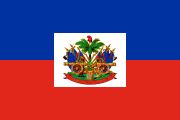
Haiti
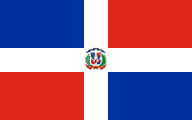
Dominican Republic
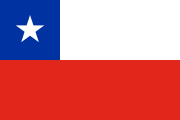
Chile
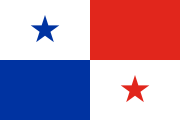
Panama
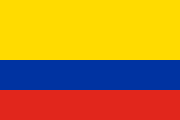
Colombia
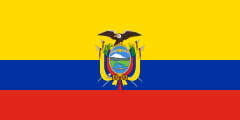
Ecuador
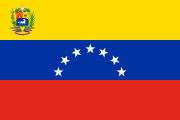
Venezuela
national ensign 4848 Flown by the government and armed forces, and unofficially used by many private citizens.
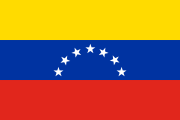
Venezuela
national flag 4949 Allowed to be flown by anyone.
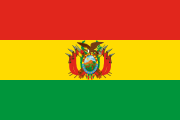
Bolivia
state flag 5050 Flown by the governmnent. The armed forces flew a similar flag with olive and laurel branches around the coat of arms.
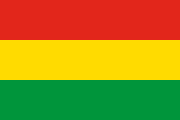
Bolivia
national flag 5151 Allowed to be flown by anyone.
Other International and Cultural Flags
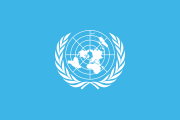
United Nations
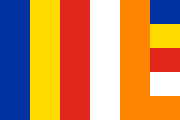
Buddhist Flag
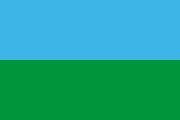
Romani
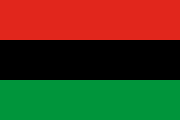
Pan-African Flag
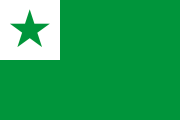
Esperanto

Red Cross
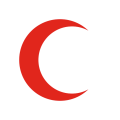
Red Crescent

Red Lion and Sun
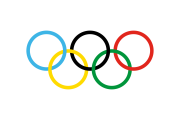
Olympic Games
Events of 1949
BHUTAN • Bhutan adopted a flag for the August 8 signing ceremony of the Indo-Bhutanese Treaty of Friendship. It was the last independent country to be flagless for any substantial length of time.

CHINA • The Communist Party took over the mainland and declared the creation of the People's Republic of China on October 1. The Kuomintang government retreated to Taiwan on December 7.


CYRENAICA • Cyrenaica adopted a flag on March 1. It would eventually become the basis for the flag of Libya.

GERMANY • West and East Germany were established on May 23 and October 7 respectively. Both states chose the plain black-red-gold tricolour as their national flag.

GOLD COAST • The Convention People's Party was founded on June 12 with the aim of winning the independence of the Gold Coast. The party tricolour was flown around the country by those advocating self-rule and became part of the basis for the national flag of Ghana in 1957.

HONDURAS • The exact positions of the stars were formalized on January 18. The new flag law also specified that the flag should be turquoise, but the dark blue colour ended up staying in use until 2022.
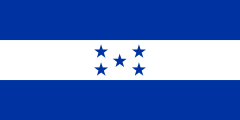


HUNGARY • The national emblem was changed on August 18.
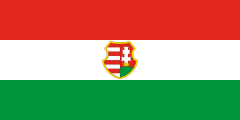


JORDAN • Transjordan was renamed Jordan on April 26.
LAOS • The Lao Issara government-in-exile announced its dissolution on October 14.
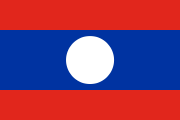


QATAR • The flag's design was standardized sometime around this year.
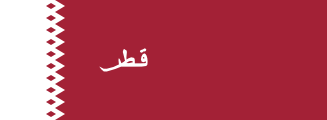


SOUTH KOREA • The trigrams on the flag were rearranged on October 15.
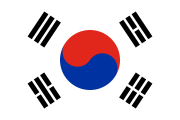


THAILAND • Siam changed its name back to Thailand on May 11.
WESTERN SAMOA • A fifth star was added to the flag on February 24.
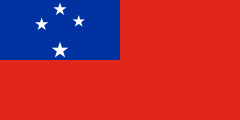


Notes
1 Often (but not always) flown by the royal house and the government. ↩
2 Flown by anyone. ↩
3 Flag of the Convention People's Party, which sought independence from Great Britain. Direct predecessor of the flag of Ghana. The colony also had a rarely-used British ensign with an elephant badge. ↩
4 Moroccan merchant ships in the French zone flew what was called the "Arab ensign", the national flag with a French tricolour added to the top-left corner. ↩
5 Flown by merchant ships operating out of the Spanish zone in northern Morocco. The Moroccan national flag was flown on land. ↩
6 Flown by nationalists and indepenence activists. The French colony in Algeria did not have an official flag. ↩
7 Flown by the government, and often by private citizens. At sea, and in certain ceremonial settings on land, the ratio was 1:3. ↩
8 Allowed to be flown by anyone. At sea, the ratio was 1:3. ↩
9 There were many variations of this flag, depending on who was flying it and when. Some versions would have added inscriptions, decorations or royal symbols. The flag could also be triangular. ↩
10 The number of points could vary. ↩
11 Flown by private citizens and municipalities. ↩
12 Flown by the federal government and the armed forces. ↩
13 Allowed to be flown by anyone. ↩
14 Flown by the royal house, the government, and the armed forces. Also granted to a select list of private institutions and companies. ↩
15 Allowed to be flown by anyone. ↩
16 Flown only on state-owned buildings and naval ships. ↩
17 Allowed to be flown by anyone. ↩
18 Flown on government buildings and coast guard ships. ↩
19 Flown for all purposes. A three-tailed version of the national flag is flown by the military. ↩
20 Allowed to be flown by anyone. ↩
21 Flown by the government, border guard, and public universities. The armed forces fly a version with a swallowtail cut. ↩
22 Flown on land within Greece. The military flag had a crown in the centre of the cross. ↩
23 Flown at sea and abroad. The naval ensign had a crown in the centre of the cross. ↩
24 Allowed to be flown by anyone. ↩
25 Flown over the Prince's Palace and government buildings. ↩
26 Flown unofficially, mostly by civilian ships. Plain flags without the George Cross were also common. The colonial government had a blue ensign with the Maltese coat of arms on it. ↩
27 The traditional Catalan flag. ↩
28 The flag preferred by supporters of Catalan independence. ↩
29 Flown by the diplomatic service in exile and the Estonian disaspora. Flying the national flag was banned under the Soviet occupation. ↩
30 Flown by the diplomatic service in exile and the Lithuanian disaspora. Flying the national flag was banned under the Soviet occupation. ↩
31 Flown by the diplomatic service in exile and the Latvian disaspora. Flying the national flag was banned under the Soviet occupation. ↩
32 There was apparently only a single physical version of this flag ever made. ↩
33 Flown in the Indian-controlled parts of the disputed region of Kashmir. ↩
34 Flown in the Pakistan-controlled parts of the disputed region of Kashmir. ↩
35 The flag of the Republic of China, the government of Taiwan. Banned on the mainland, as the People's Republic of China claimed sovereignty over the island. Regarded as the flag of China at the United Nations. ↩
36 Sarawak also had a blue colonial ensign. ↩
37 Flown by Karen nationalists seeking independence and separation from Burma. ↩
38 The national flag of the Uyghur people, banned within the People's Republic of China. Xinjiang Province did not have an official flag. ↩
39 Not legally the national flag, but allowed to be flown wherever a "distinctive Canadian flag" was needed. ↩
40 Flown by the government, the navy, the national police, and national sports teams. Raised at major ceremonies. The army uses a similar flag with a different coat of arms. ↩
41 Allowed to be flown by anyone. ↩
42 The most common flag, flown over most government buildings, at ceremonies, by diplomatic missions and often by public citizens. ↩
43 An alternative government flag, most commonly flown by the armed forces but also on some public buildings and offices. ↩
44 The simplest version of the national flag, flown by some private citizens. ↩
45 The most common Costa Rican flag. Officially designated for private citizens, but in practice often used on government buildings and schools too. ↩
46 Flown by the government and by diplomatic missions, although also used sometimes by private citizens. ↩
47 Flown by Puerto Rican nationalists. Display of the flag was initially banned under American rule. ↩
48 Flown by the government and armed forces, and unofficially used by many private citizens. ↩
49 Allowed to be flown by anyone. ↩
50 Flown by the governmnent. The armed forces flew a similar flag with olive and laurel branches around the coat of arms. ↩
51 Allowed to be flown by anyone. ↩